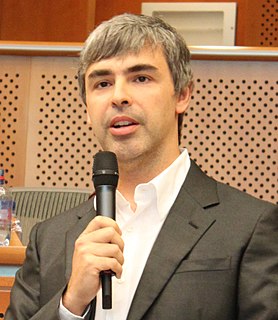A Quote by Nigel Lawson
During the 1960s, and again in the 1970s, growth in manufacturing productivity in the United Kingdom was the lowest of all the seven major industrial countries in the world. During the 1980s, our annual rate of growth of output per head in manufacturing has been the highest of all the seven major industrial countries.
Related Quotes
To keep up with the demands of the growing manufacturing sector, our Government is pleased to invest in the establishment of the Saskatchewan Manufacturing Centre of Excellence. Training skilled workers and increasing productivity and innovation are essential to the continued growth and prosperity of Saskatchewan, and Western Canada.
Canada, the United States and Mexico, we developed these energy reserves that we have in this North American region. And you can see a not only driving down the cost of electricity but a major manufacturing boom in this country. Couple that with tax policy, reduction, reducing the corporate tax rate, and that I think a renaissance in manufacturing like we've never seen in this country and really drive the economy.
China is a great manufacturing center, but it's actually mostly an assembly plant. So it assembles parts and components, high technology that comes from the surrounding industrial - more advanced industrial centers - Japan, Taiwan, South Korea, Singapore, the United States, Europe - and it basically assembles them.
It's not an accident that the U.S. ranks lowest of all major donor countries in the world - that is the share of our income that goes to development aid. Americans will ask whether, because were so generous privately, that makes up the difference. But it doesn't. We still rank far below other countries.
Health care is in as bad a shape as it has ever been after eight years of Barack Obama and the Democrat Party running it and running the US economy. It's an absolute disaster. Other areas of the economy are a disaster. Economic growth? There isn't any. It's 1% per quarter, a 4% growth rate per year if we're lucky. There is no expansion. There is no productivity increase.
































